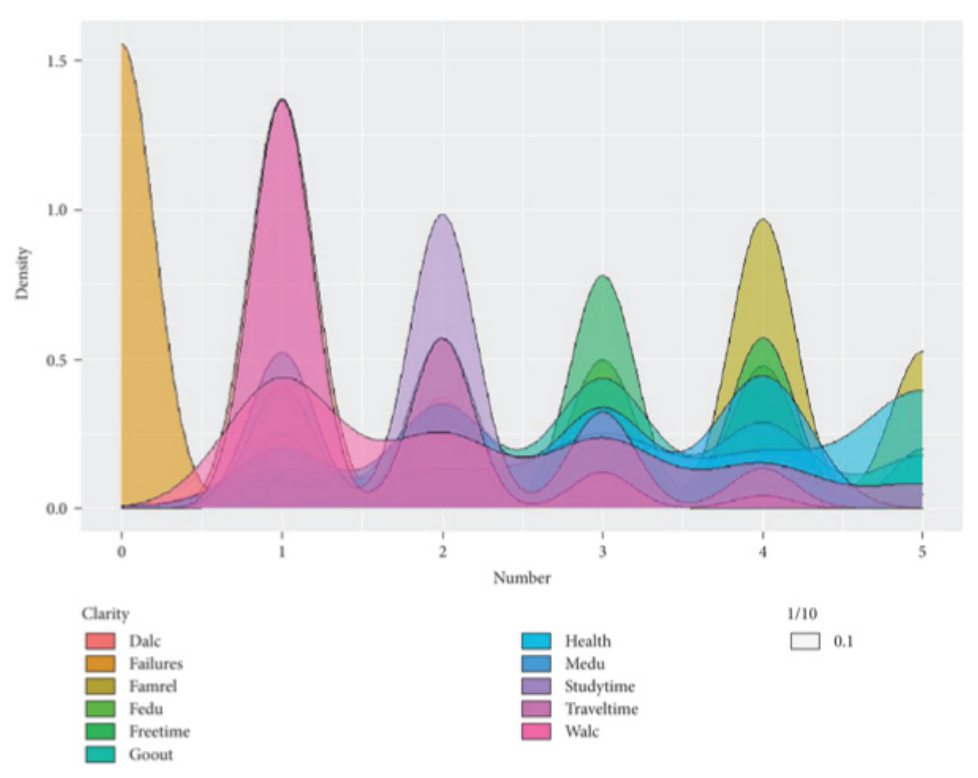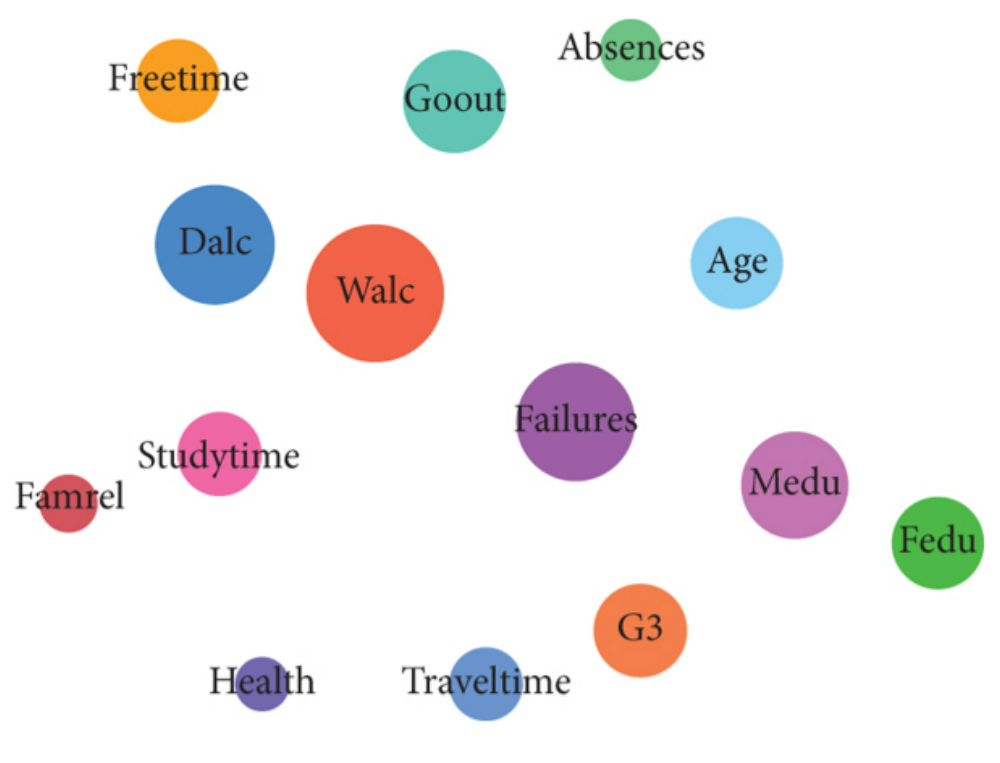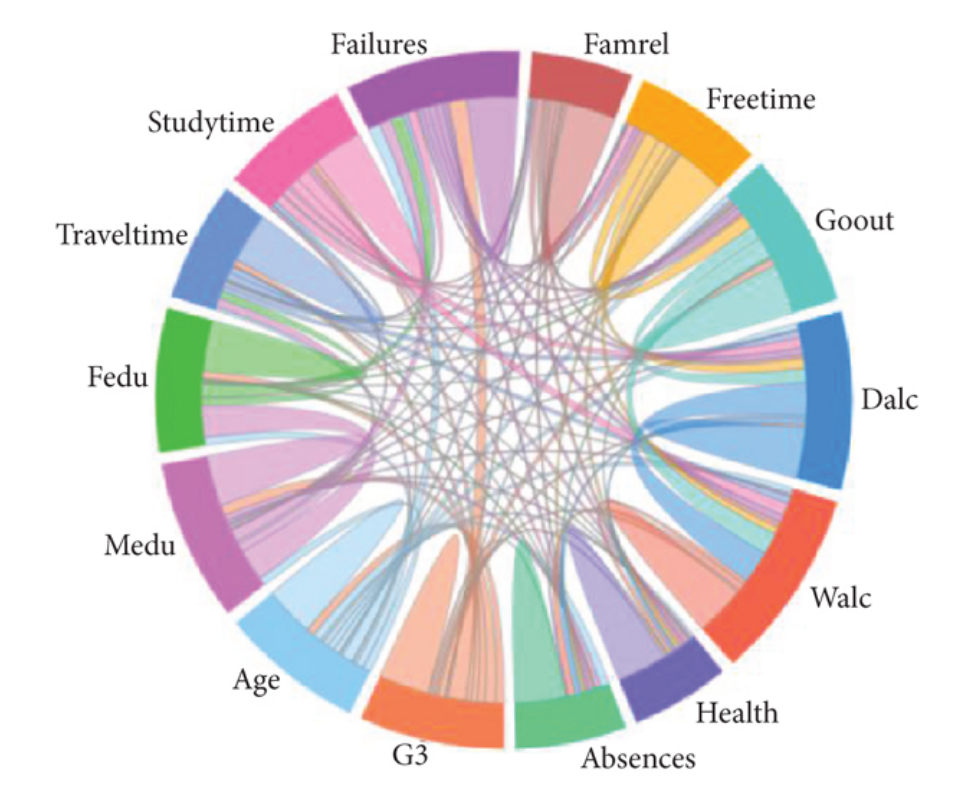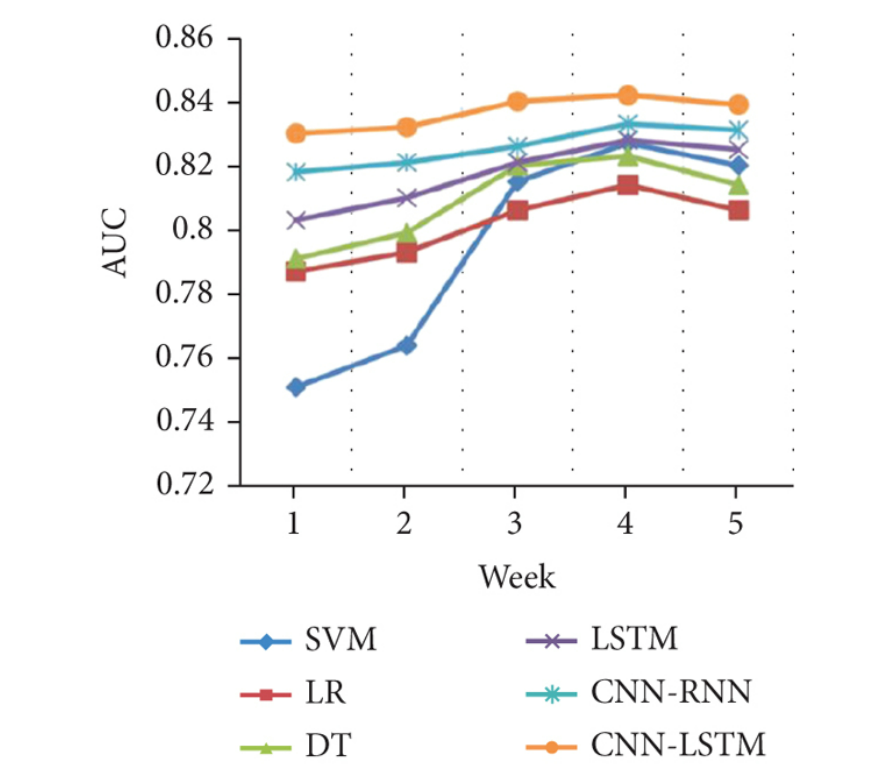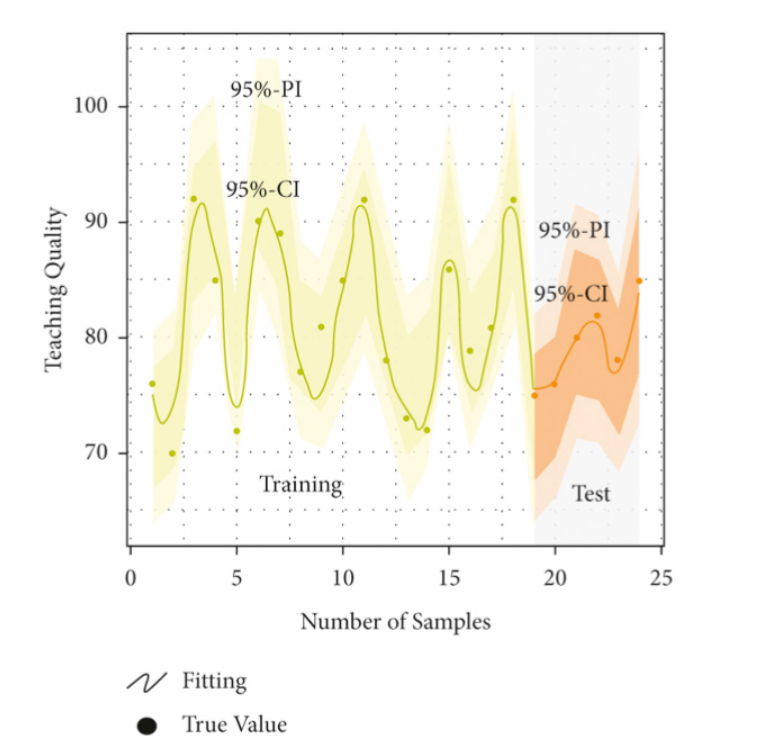 An open access journal
An open access journal
Educational Robotics: Integrating Robotics into Curriculum for STEAM Learning
Abstract
Educational robotics has gained recognition for its role in promoting STEAM (Science, Technology, Engineering, Arts, and Mathematics) learning by integrating robotics into the curriculum. This paper explores the significance of educational robotics, emphasizing its role in enhancing hands-on learning, problem-solving skills, and creativity among students. It delves into the principles and approaches of incorporating robotics into educational settings, including robotics kits, programming languages, and project-based learning. The discussion includes the benefits of educational robotics, such as improved engagement, deeper understanding of STEAM concepts, and preparation for future STEM careers. Moreover, the paper addresses the challenges and considerations in implementing educational robotics, including teacher training, accessibility, and assessment practices. Through a review of empirical studies and case examples, the study highlights the positive outcomes associated with educational robotics, including increased interest in STEM fields, higher achievement in related subjects, and the development of 21st-century skills. The conclusion offers recommendations for educators and institutions interested in integrating robotics into their curriculum, emphasizing the importance of fostering creativity, collaboration, and problem-solving through hands-on robotics experiences.
Share and Cite
Article Metrics
References
- Benitti, F. B. V. (2012). Exploring the educational potential of robotics in schools: A systematic review. Computers & Education, 58(3), 978-988.
- Bers, M. U., Flannery, L., Kazakoff, E. R., & Sullivan, A. (2014). Computational thinking and tinkering: Exploration of an early childhood robotics curriculum. Computers & Education, 72, 145-157.
- Papert, S. (1980). Mindstorms: Children, Computers, and Powerful Ideas. Basic Books.
- Resnick, M., Maloney, J., Hernández, A., Rusk, N., Eastmond, E., Brennan, K., ... & Kafai, Y. (2009). Scratch: Programming for All. Communications of the ACM, 52(11), 60-67.
- Robison, N. (2005). Robotics education and public outreach. Annual Review of Astronomy and Astrophysics, 43(1), 1-17.
- Rusk, N., Resnick, M., Berg, R., & Pezalla-Granlund, M. (2008). New pathways into robotics: Strategies for broadening participation. In Proceedings of the 8th international conference on Interaction design and children (pp. 87-94).

